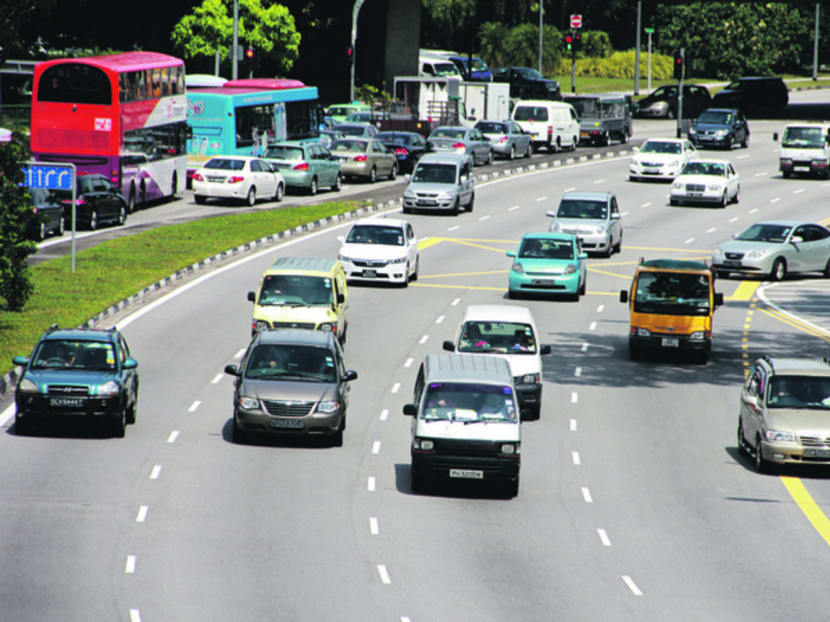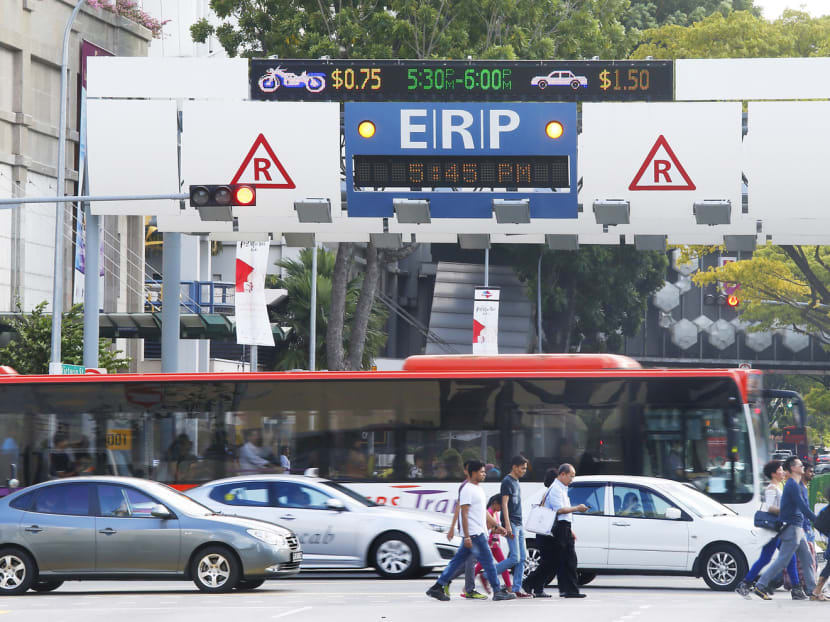Switch to road pricing based on distance ‘only a matter of time’
SINGAPORE — The awarding of a contract for the next-generation satellite-based Electronic Road Pricing (ERP) system signals that it is a matter of time before the Government switches to distance-based road pricing, said analysts TODAY spoke to.


SINGAPORE — The awarding of a contract for the next-generation satellite-based Electronic Road Pricing (ERP) system signals that it is a matter of time before the Government switches to distance-based road pricing, said analysts TODAY spoke to.
And should the Government move towards such a system, they will have to relook at the Certificate of Entitlement (COE) scheme as it is a significant shift towards charging motorists for usage instead of car ownership to manage congestion, they said.
A satellite-based system allows motorists to be tracked not only at the gantry, but also during their journeys, said Dr Alexander Erath, a transport researcher at Singapore-ETH Future Cities Laboratory. This allows the Government to “charge dynamically” where congestion occurs.
The technology paves the way for drivers to be charged by distance and not when they cross gantries, and such a system is fairer, said National University of Singapore transport researcher Lee Der-Horng. “The car drivers, they will pay according to their usage … and ... their contribution to the (traffic) congestion,” he said.
SIM University adjunct Associate Professor Park Byung-joon noted that, currently, drivers who enter the CBD during peak hours have to pay the same amount for ERP charges, but this is unfair to drivers who park their car shortly after passing the CBD’s ERP gantry. “Those (drivers) drive in once and pay the same price as someone who keeps driving around the CBD area and creating a lot of traffic,” said Dr Park.
However, Dr Park pointed out that if the Government implements distance-based road pricing, it would probably not be done islandwide. Instead, it would be done around “heavily congested areas” during peak hours such as the CBD, he said.
SIM University senior lecturer Walter Theseira said: “I think distance-based charging is definitely an option that will be explored, but much more needs to be done to understand how best to implement it (if at all) and how drivers will respond to such a system.”
As for any possible impact on the COE system, Dr Park said it depends on how far the Land Transport Authority (LTA) would go to charge motorists for distance-based usage. If the LTA imposes high charges on motorists based on distance, it should see that COE prices come down, he added.
Prof Lee said if the Government goes ahead with distance-based road pricing, there should not be a “one-size-fit-all” scheme. For example, commercial vehicles such as lorries and taxis should be charged differently. “This (distance-based road pricing system) has direct impact on their earnings and revenues,” he said. AMANDA LEE, ADDITIONAL REPORTING BY VALERIE KOH






